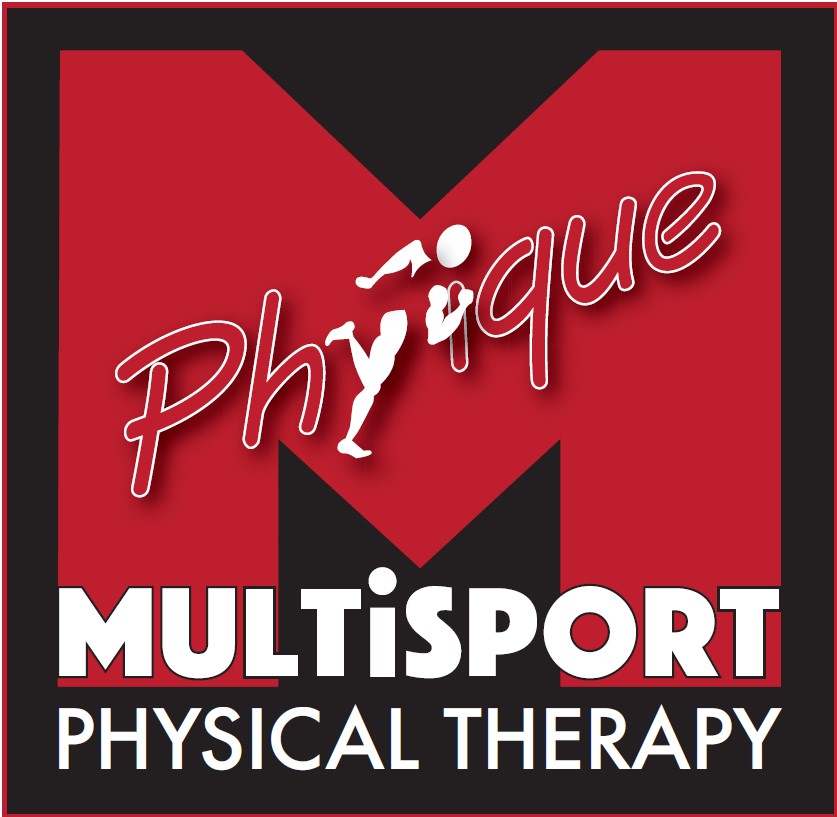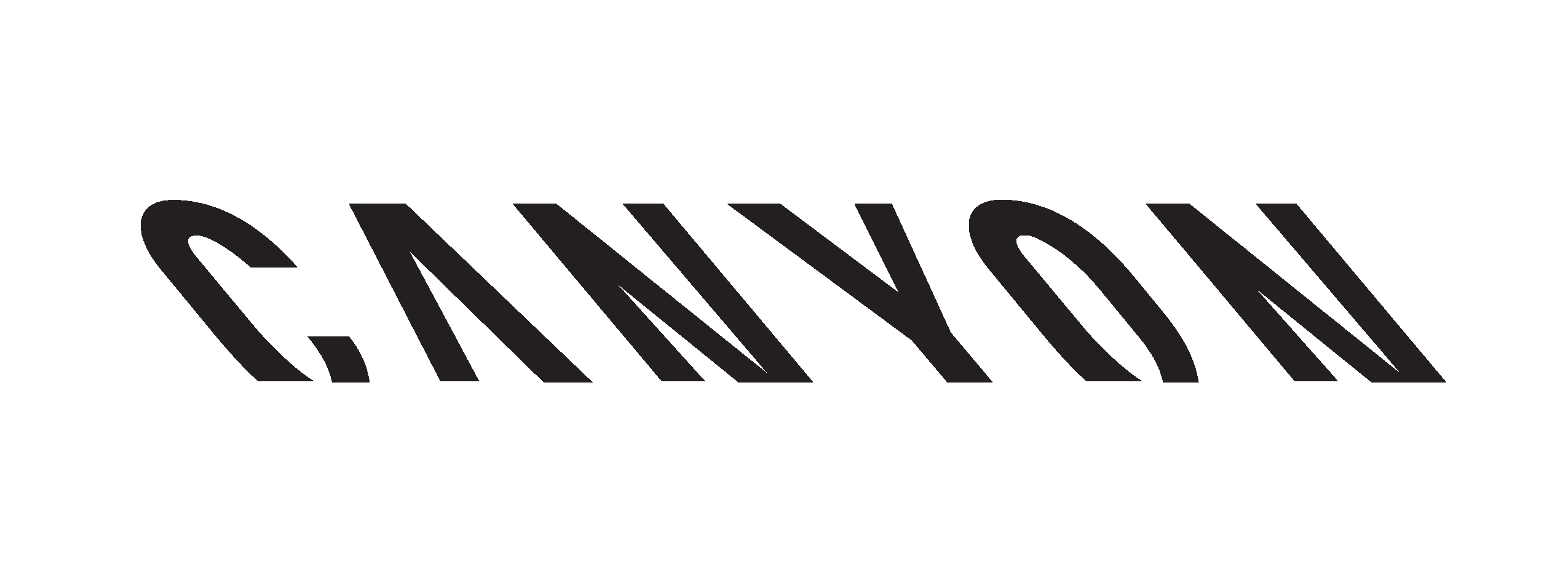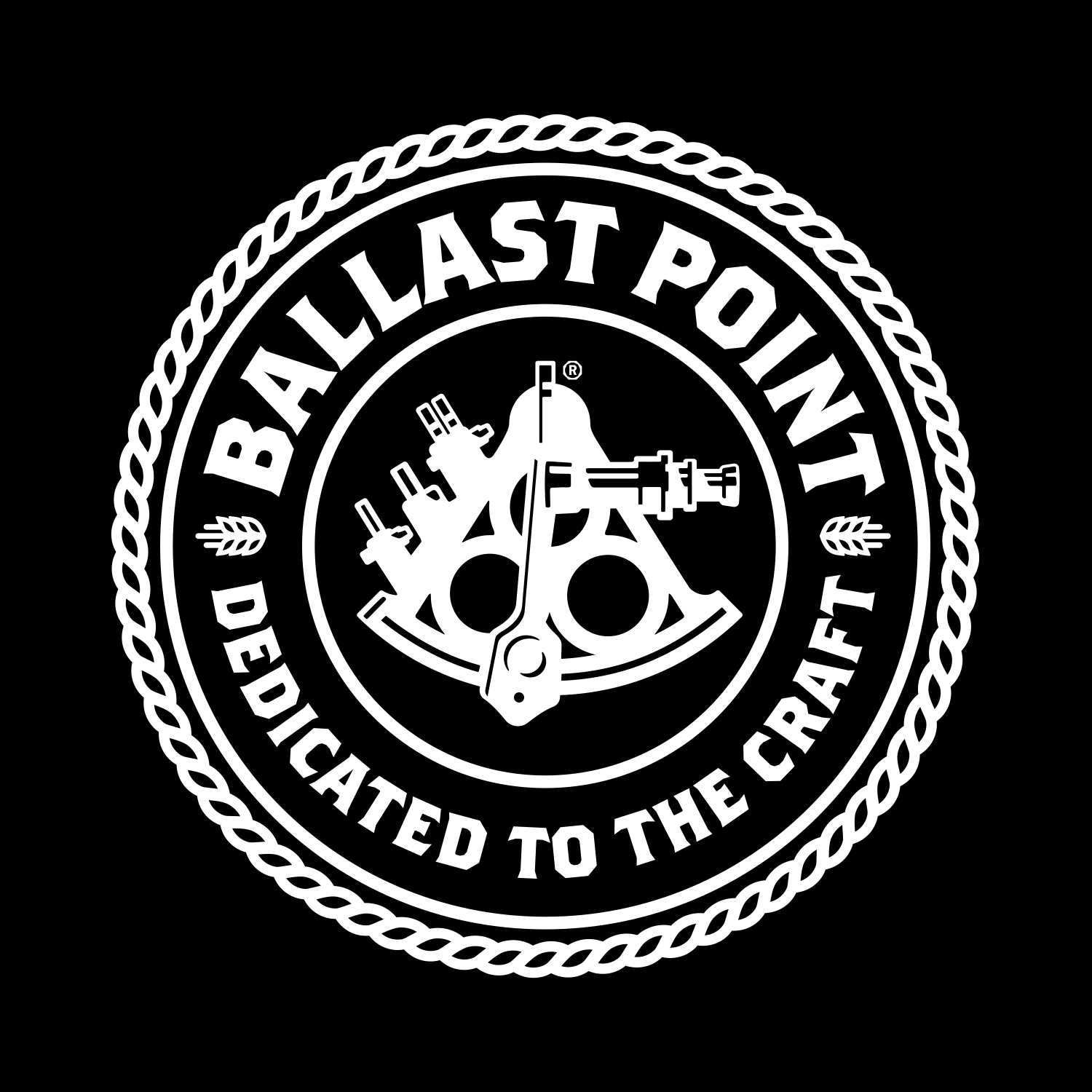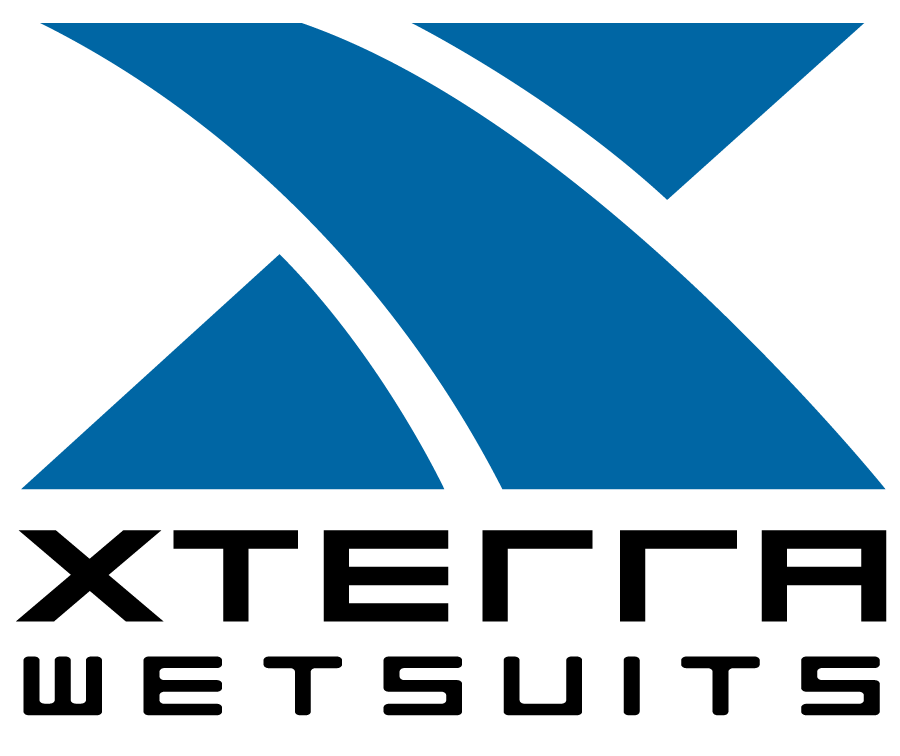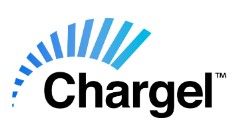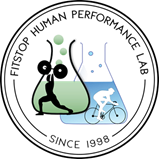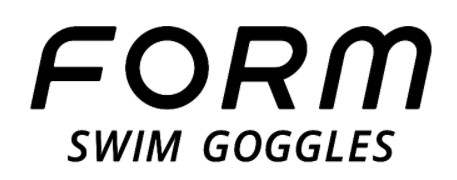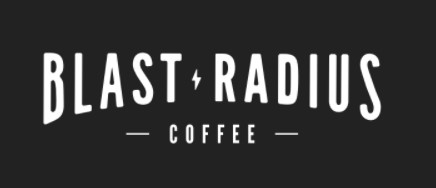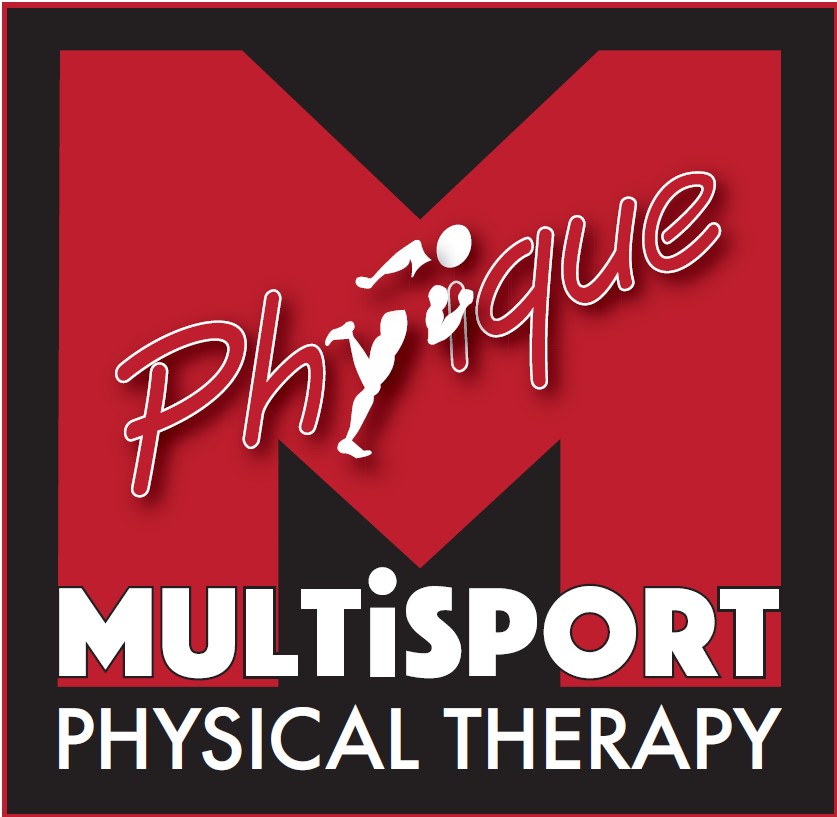Rethink Your Use Of The Pull Buoy By Gerry Rodrigues Published July 20, 2012 Read more at http://triathlete-europe.competitor.com/2012/07/20/rethink-your-use-of-the-pull-buoy
The pull buoy, traditionally used by coaches to build power and strength, is often deployed with the swimmer wearing massive-sized paddles. However, this usage is improper for most triathletes—at least those averaging slower than 1:15 per 100—because most age-groupers without swim backgrounds simply have not developed the specific muscular endurance or strength to use paddles correctly. If you aren’t yet swimming in the fast lane, try pulling without paddles or, if you do use them, start with small ones.
The quantity of pulling built into a training plan and its ratio to freestyle swimming depends upon time of season, the stage of an athlete’s development, and the purpose of a specific workout.
The three reasons to pull
1. Technical advancement and assistance
A pull buoy helps develop and advance proper skill as well as assist in flotation of the hips and legs for underdeveloped athletes.
Using an ankle strap to prohibit kicking along with a swimmer’s snorkel, the pull buoy helps float the hips and legs. Purpose: Use the buoyancy subsidy for assistance with total alignment; keeping head, hips and feet in a straight line while body is held taut. You can find a Speedo ankle strap ($9) and a Finis swim snorkel ($37) at Swimmall.com or your local tri shop.
I have my athletes do the majority of their pulling sets focusing on three technical aspects: body alignment, elongation and reduction of the massive rotation that has become an epidemic in triathlon.
2. Recovery
Due to buoyancy subsidy from the buoy, pulling can be used for recovery during significant load phases in training, and/or to break up large main workout sets.
3. To build power
Removing the buoy and pulling with secured ankles is very challenging. Its application builds both technique and fitness, as the athlete works on core tautness, a higher stroke rate and increasing power. Without a kick or buoy, significant load is placed on the swimming muscles of the upper body.
Pull Set
Follow the main set below based on pace:
• 1:20 base/100 swimmer and faster: 4×1000
• 1:20–1:45 base/100: 4×800
• 1:50 base/100 and slower: 4×600
Between each main set, insert the sets below. The pulling sets help to develop technique and serve as recovery during the workout.
#1: Pull 4 x 250/200/150 at progressive effort, emphasizing body alignment with 30 sec rest
#2: 10/8/6 x 100 at threshold or 85% effort on a 10 sec rest interval
#3: Pull 2 x 500/400/300 at 75% recovery with technical emphasis of body tautness or alignment
#4: 10/8/6 x 100 at 90% with 40 sec rest
Gerry Rodrigues is an accomplished swimmer with 30 years of experience as a swim and open water coach. He coaches triathletes and swimmers through his business Tower 26 (Tower26.com).
Read more at http://triathlete-europe.competitor.com/2012/07/20/rethink-your-use-of-the-pull-buoy#ajuZdpCZJgEtiVFV.99




